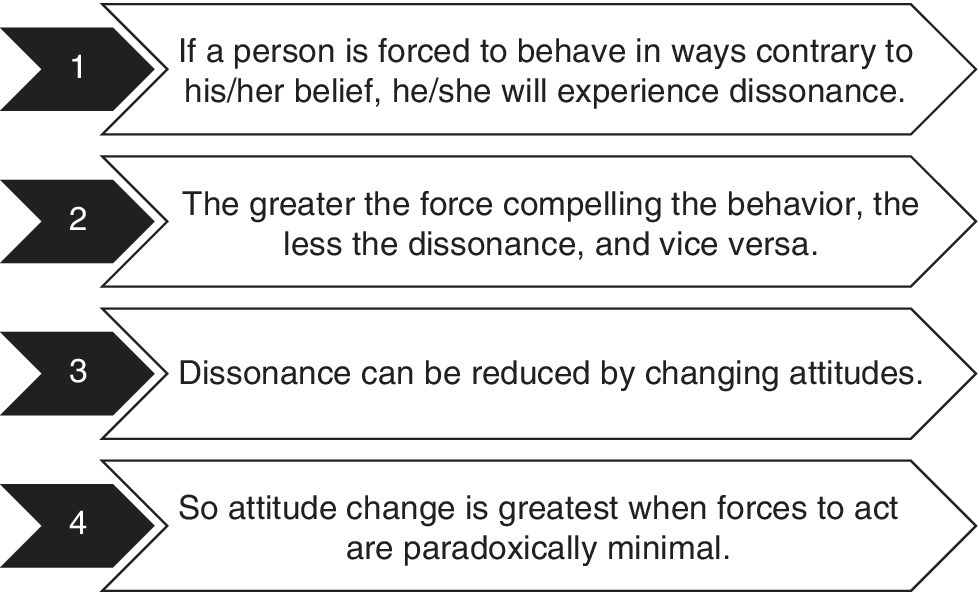9 Judging and Nudging
9.1 Introduction
Psychologists have always been interested in how people make decisions. They are fascinated by the arationality and irrationality of people. Economists base many of their theories on people being logical and rational. Psychological research, however, has shown a very long list of cognitive biases to which all people are prone. These are “errors” people make in their everyday thinking. They are also called heuristics.
There are a number of heuristics that are widely discussed in current behavioral economics research. Advertisers and businesses have long known about these and have understood that the way they frame their message, price option, promotions or proposition has a great impact on whether they will be chosen.
Work in this area began well over 50 years ago with the famous studies on cognitive dissonance.
Cognitive dissonance
Cognitive dissonance theory asserts that when people behave inconsistently with their beliefs and attitudes, they experience a negative state called cognitive dissonance. We try to resolve this “discomfort” by changing our attitudes or behavior, or both, to reduce the inconsistency (see Figure 9.1). We are powerfully motivated to achieve this comforting consonance.

Figure 9.1 The theory of cognitive dissonance. ...
Get All in the Mind, 3rd Edition now with the O’Reilly learning platform.
O’Reilly members experience books, live events, courses curated by job role, and more from O’Reilly and nearly 200 top publishers.

